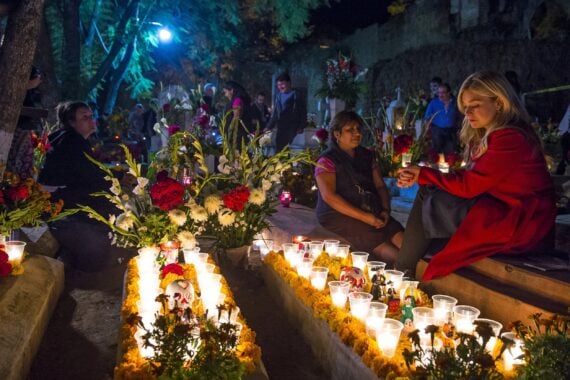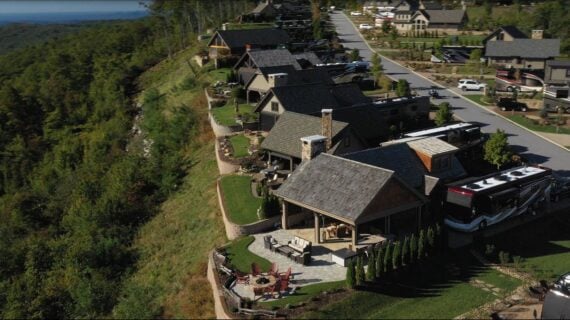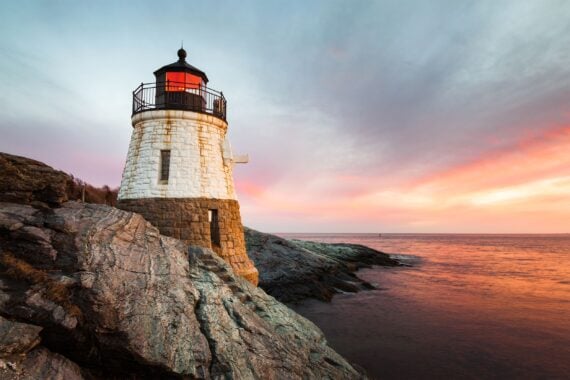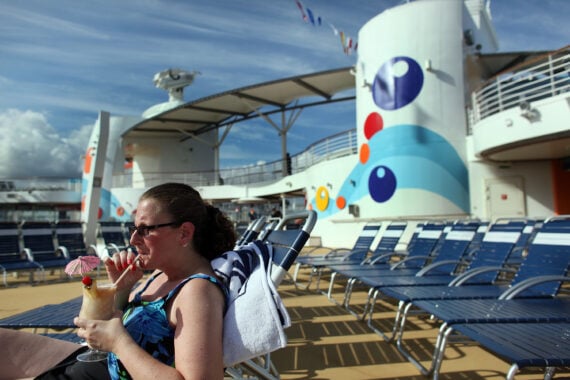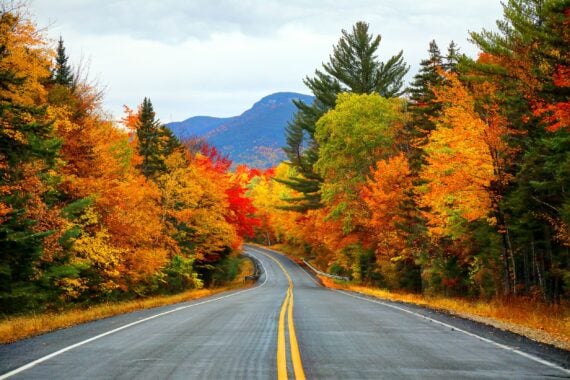Mexico goes all out when it comes to celebrating the sacred Day of the Dead tradition, which takes place at the start of November during the Catholic holidays of All Souls Day and All Saints Day. But did you know that you can get your Dia de los Muertos fix all over the world? Here are the some of the best places in Mexico and beyond to set up altars, conjure your ancestors, and — of course — paint your face into a macabre skeletal mask.
San Miguel de Allende, Mexico
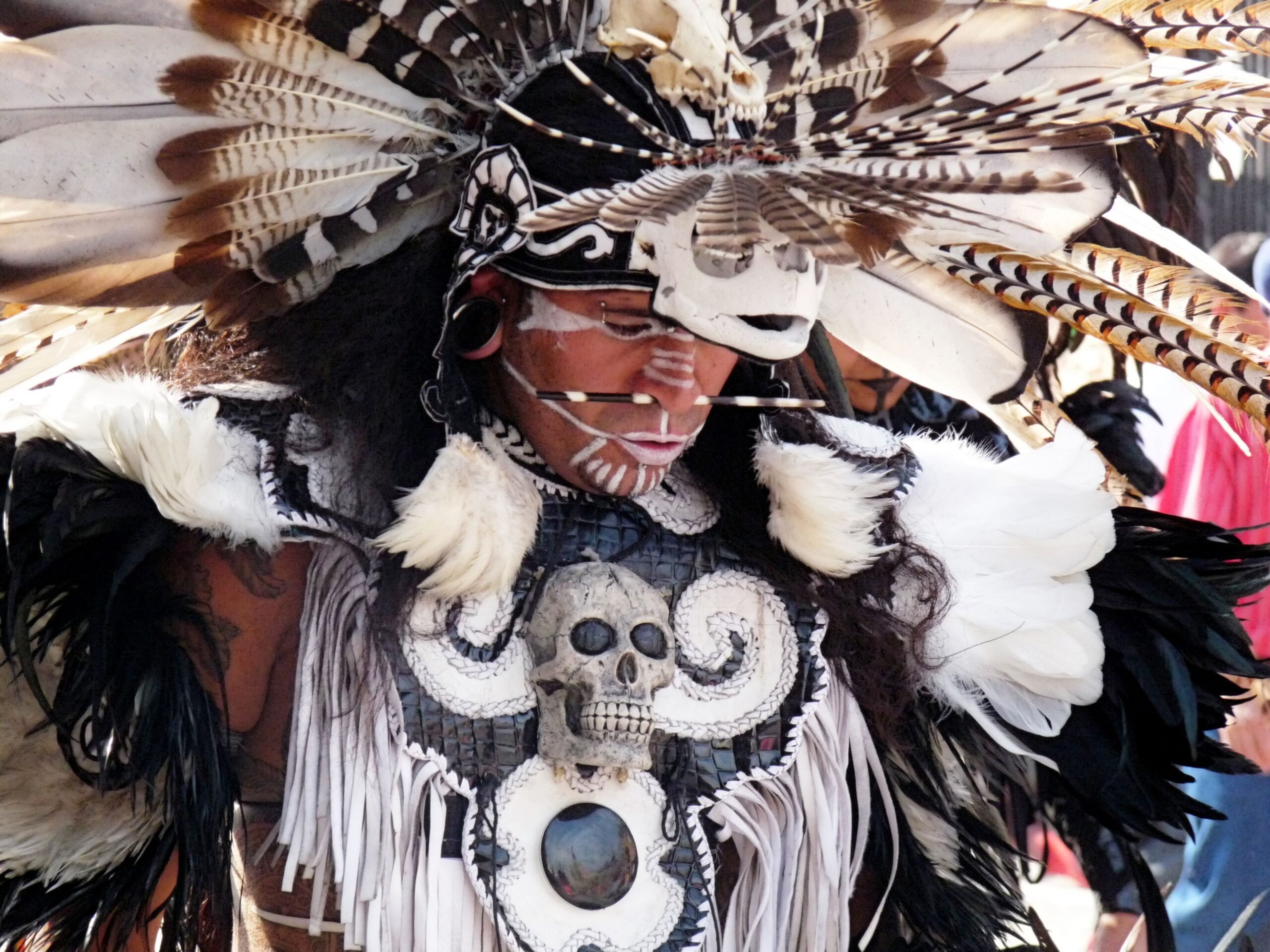
Mexico is now, and has for thousands of years been, the world’s epicenter of Day of the Dead festivities — and few cities put on a more lavish display than San Miguel de Allende, which hosts Festival La Calaca, or Skull Festival. Classic sugar skulls, music, dancing, and days of parades are just some of the sights you’ll see when the locals celebrate the 24-hour period that they believe angelitos, or deceased children, are allowed to visit their living relatives.
Janitzio Island, Mexico
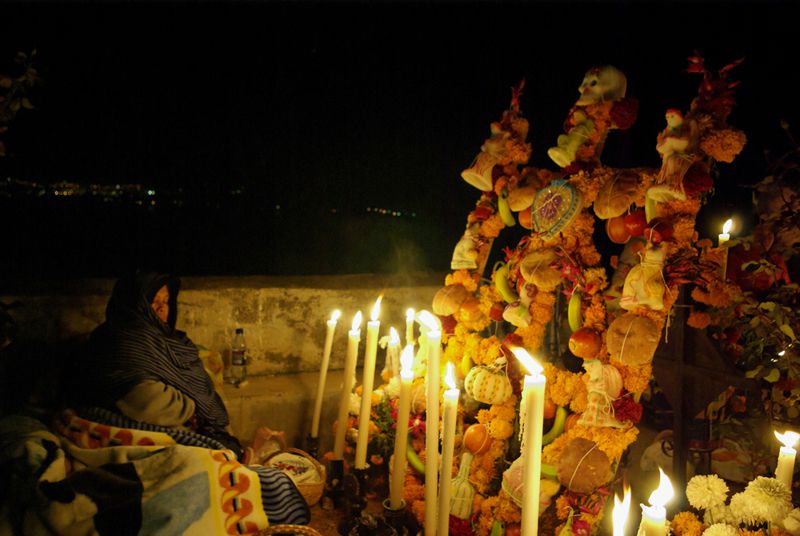
The tiny island of Janitzio in Lake Patzcuaro, Michoacán, Mexico, is home to what may be the world’s most famous Dia de los Muertos celebration. There, the locals — descendants of the ancient Purepecha people — hold vigil over the graves of their departed loved ones until dawn.
Tucson, Arizona
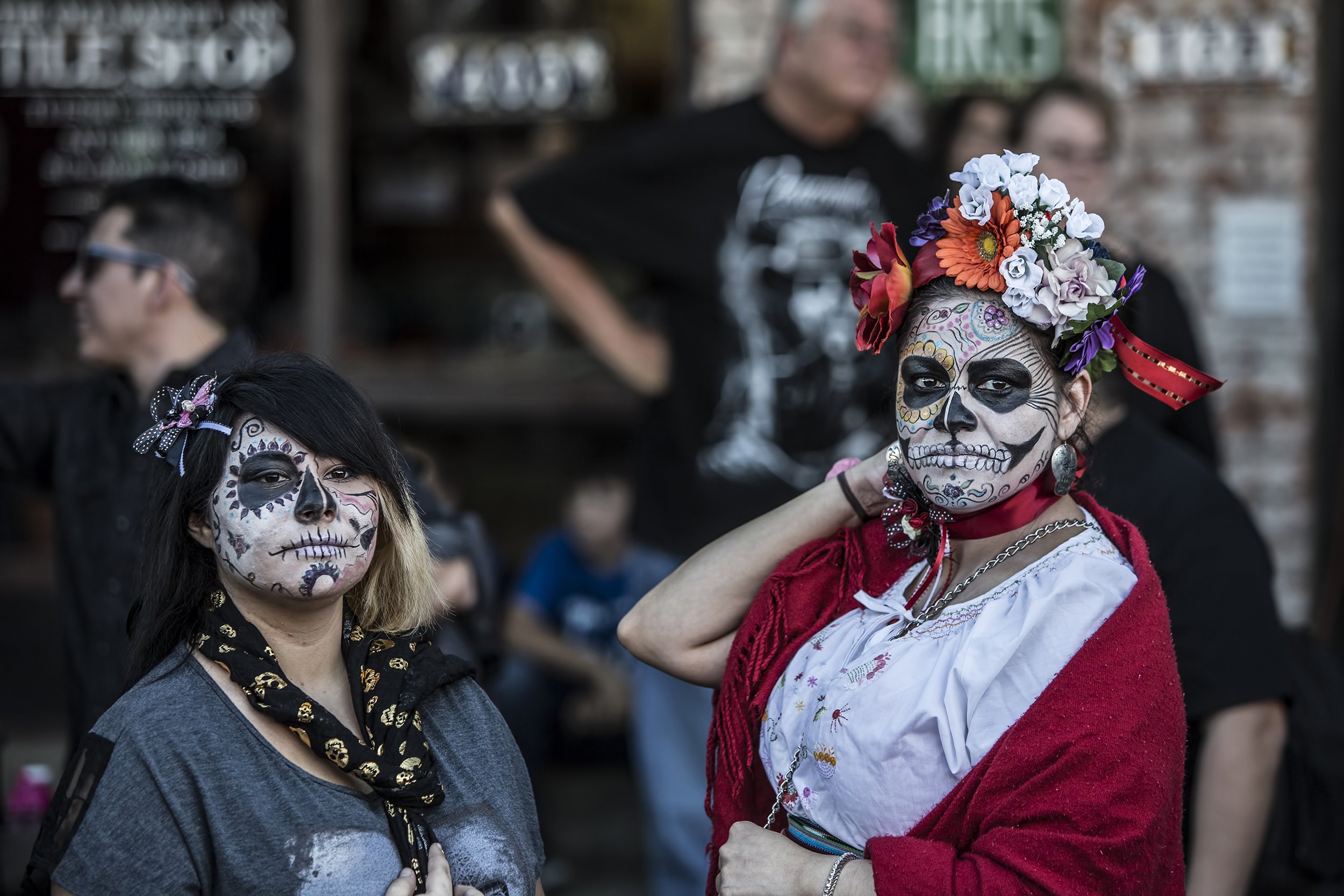
Across the border from Mexico lies the city of Tucson, where 150,000 people show up for the All Souls Procession. One of the biggest celebrations of its kind in the United States, festivities include a 2-mile procession that ends with the burning of a ceremonial urn filled with offerings to those who have passed.
Tonacatepeque, El Salvador
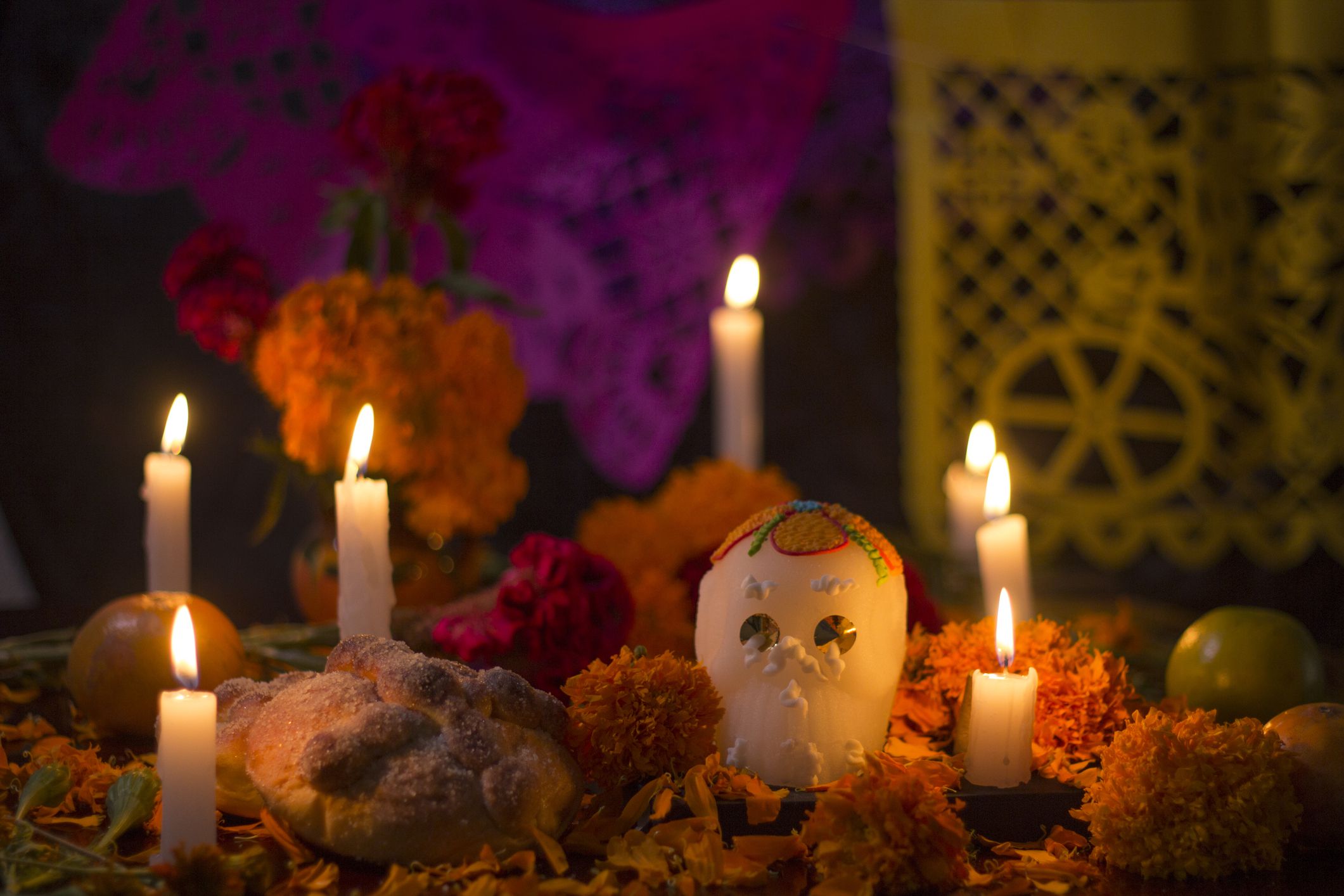
Some 25 miles north of the capital of San Salvador, the residents of Tonacatepeque reject Halloween, which they consider an Americanized imposter holiday on the eve of Dia de los Muertos. Instead, they celebrate La Calabiuza, an indigenous tradition with roots dating to before the arrival of Spanish conquistadors. One of the most unique Day of the Dead celebrations in Latin America, La Calabiuza means literally “the skull.”
Madrid, Spain

In Spain’s capital city — and much of the rest of the country — Day of the Dead is a three-day celebration that starts on Oct. 31, which the Spanish call Dia de las Brujas, or Day of the Witches. Far from the commercialization of Halloween, residents in Spain gather around the graves of their loved ones with decorations, holy water, food, flowers, and drinks to honor the dead and celebrate with the living.
Trending on Cheapism
Lisbon, Portugal
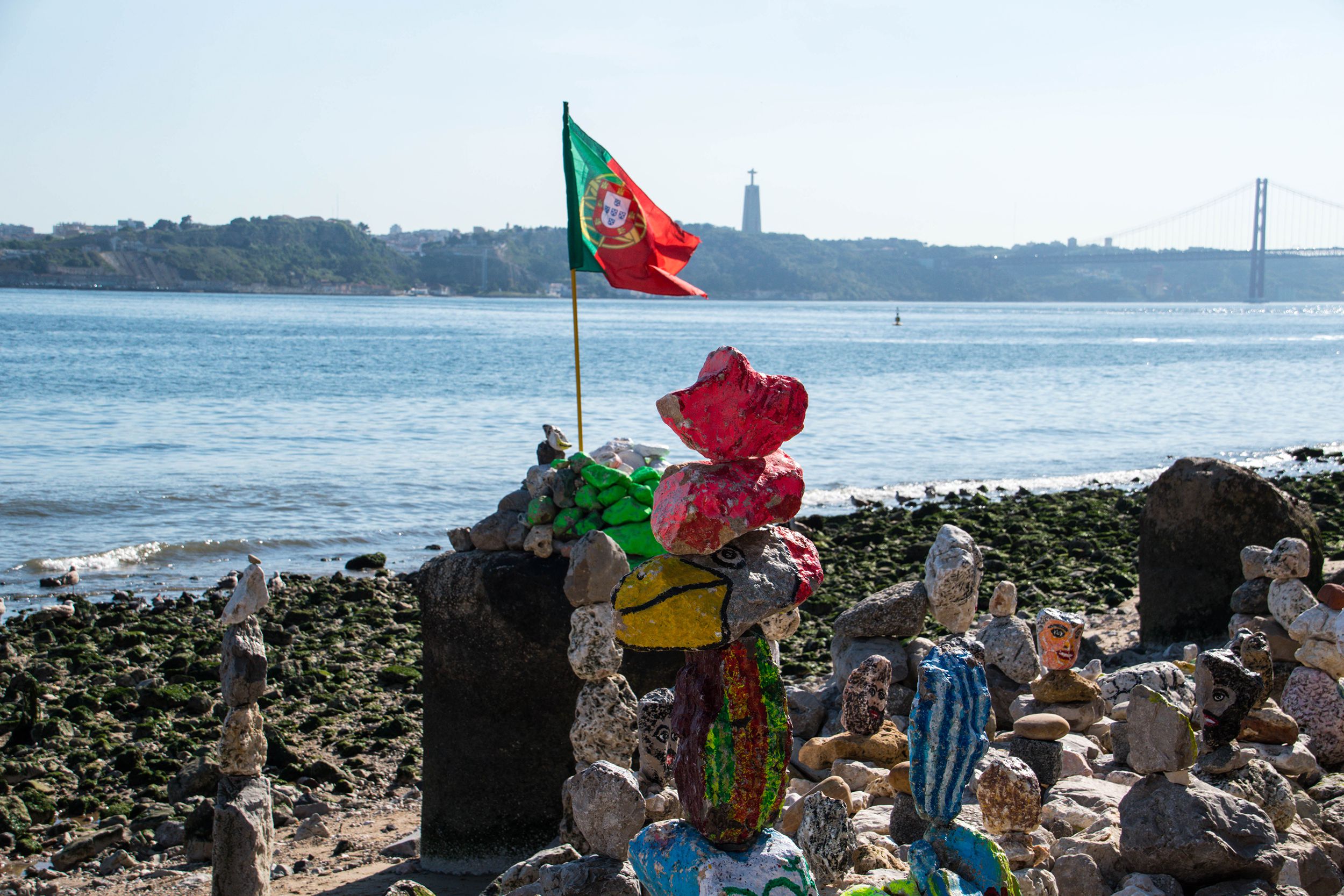
On Nov. 1, 1755 — All Saints Day — one of history’s most destructive earthquakes destroyed the city of Lisbon, where one in 10 Portuguese people lived at the time. Today, the Portuguese celebrate Samhain — the Festival of the Dead — to honor and remember the tens of thousands of souls stolen from the country by a series of tremors more than two-and-a-half centuries ago on a day already dedicated to the dead.
Santiago Sacatepequez and Sumpango, Guatemala
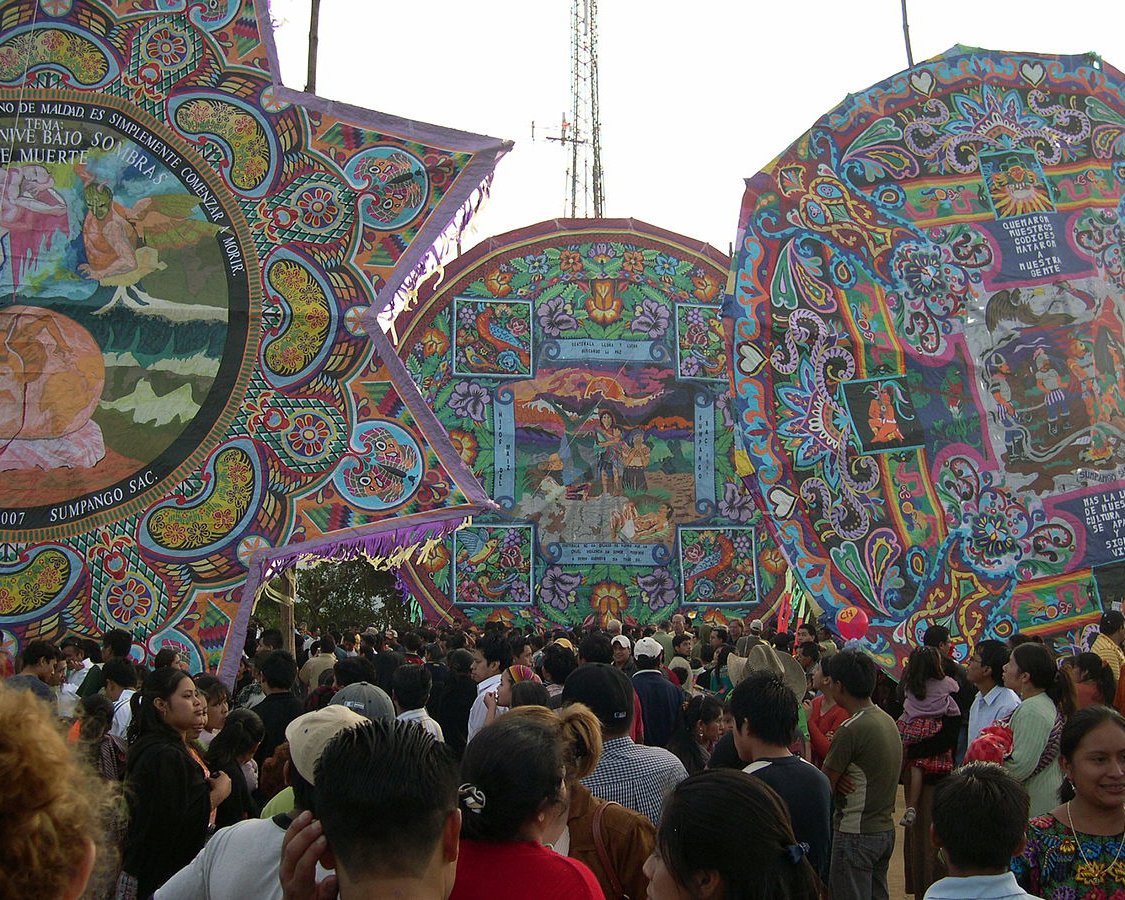
One of the biggest events on the Guatemalan calendar dates back the pre-Columbian Mayan era: the Barriletes Gigantes — or Giant Kites — Festival. The name is not deceiving. Following ancient traditions, revelers create and — with significant effort — launch enormous, heavy and endlessly colorful handmade kites as offerings of goodwill and peace to the living.
Port-au-Prince, Haiti
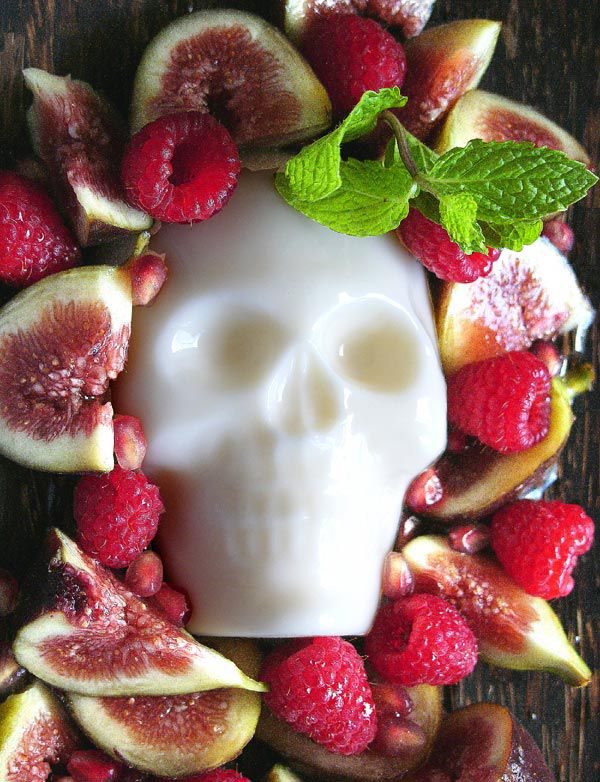
The Caribbean island nation of Haiti has long been associated with voodoo — and on Day of the Dead, Haitians make no bones about their traditional beliefs. In the capital city of Port-au-Prince and all over the country, Haitians visit the graves of their ancestors to honor Gede, the god of the dead while asking cemetery gatekeeper spirit Baron Samedi for good fortune. Coffee and fruit are some of the most common offerings.
Sign up for our newsletter
Cusco, Peru
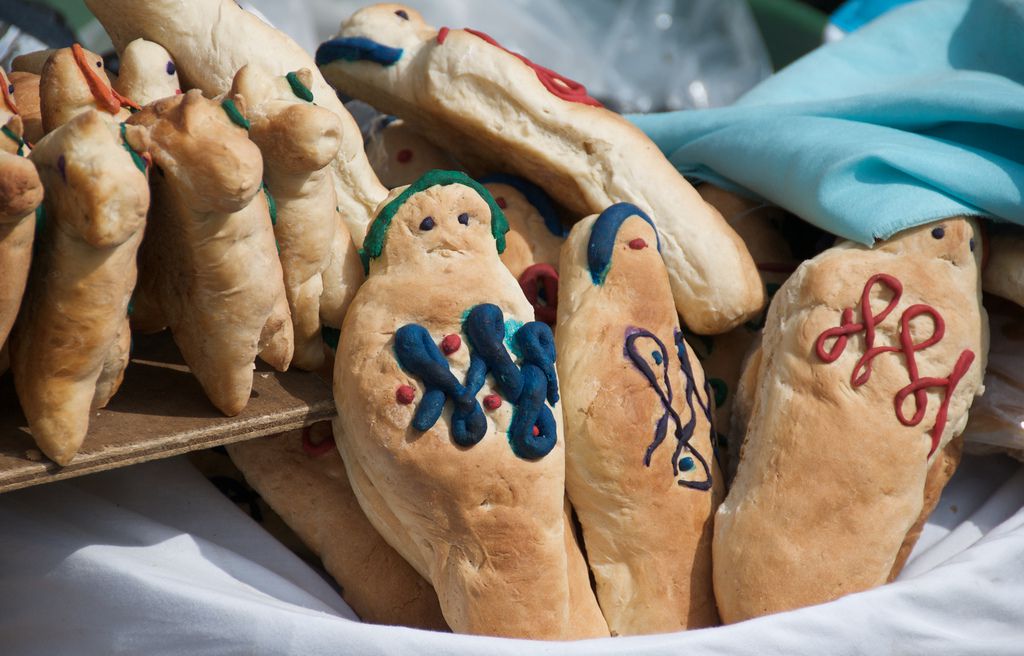
Peruvians celebrate Day of the Dead with the symbolism of food. Residents prepare the deceased’s favorite meal and put the largest plate on an altar for the dead, followed by visits to the cemetery. One of the most unique aspects of festivities in the Cusco region is “T’anta wawa” or “baby bread,” which is a sweet roll made in the shape of a baby.
Manila, Philippines
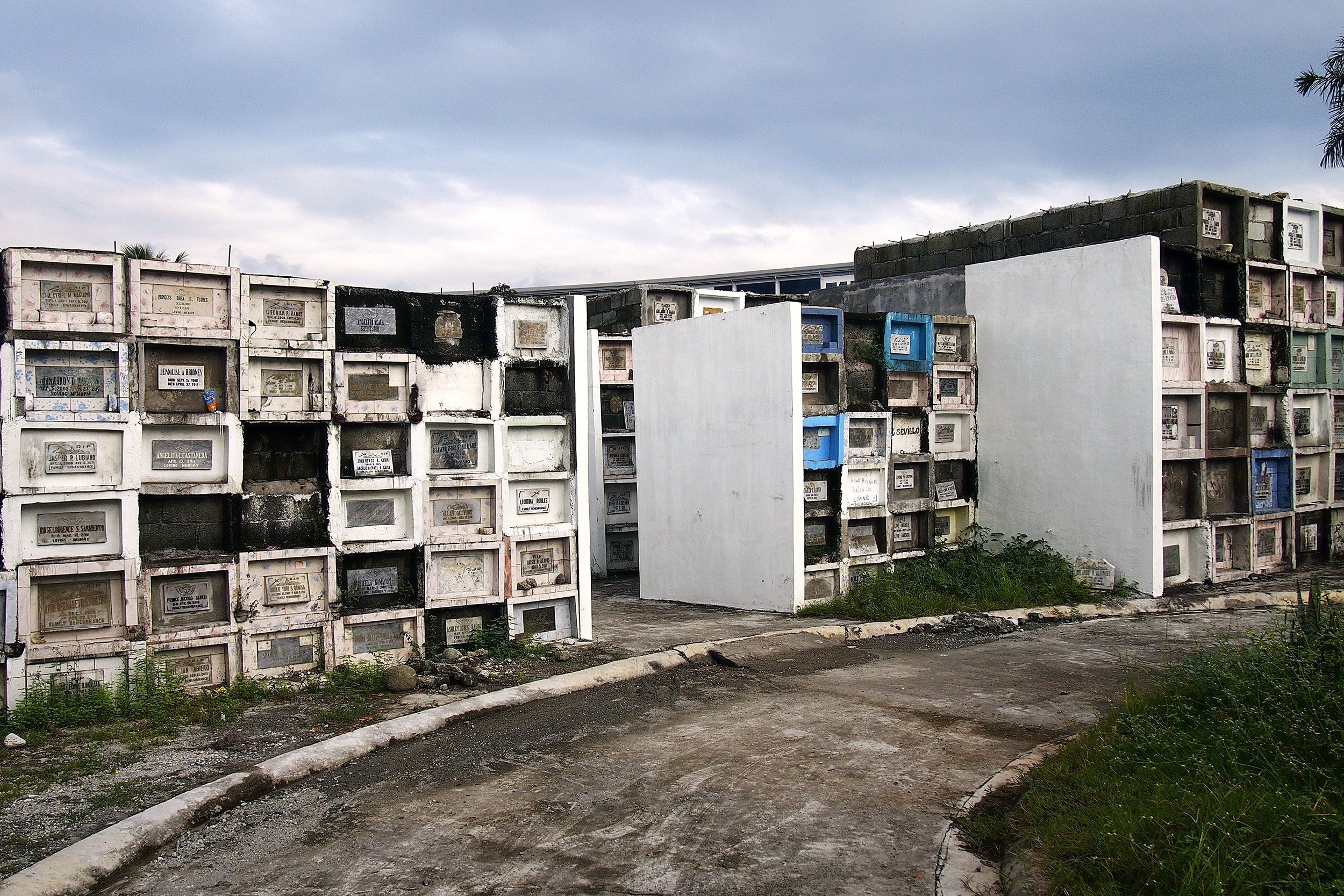
When November arrives, cemeteries in Manila are teeming with life as residents gather with food and drinks for picnics, storytelling, prayers and offerings. The festival is so enormous that it’s more of a pilgrimage or an exodus as Manilans pour out of the city and into the city’s surrounding graveyards.
